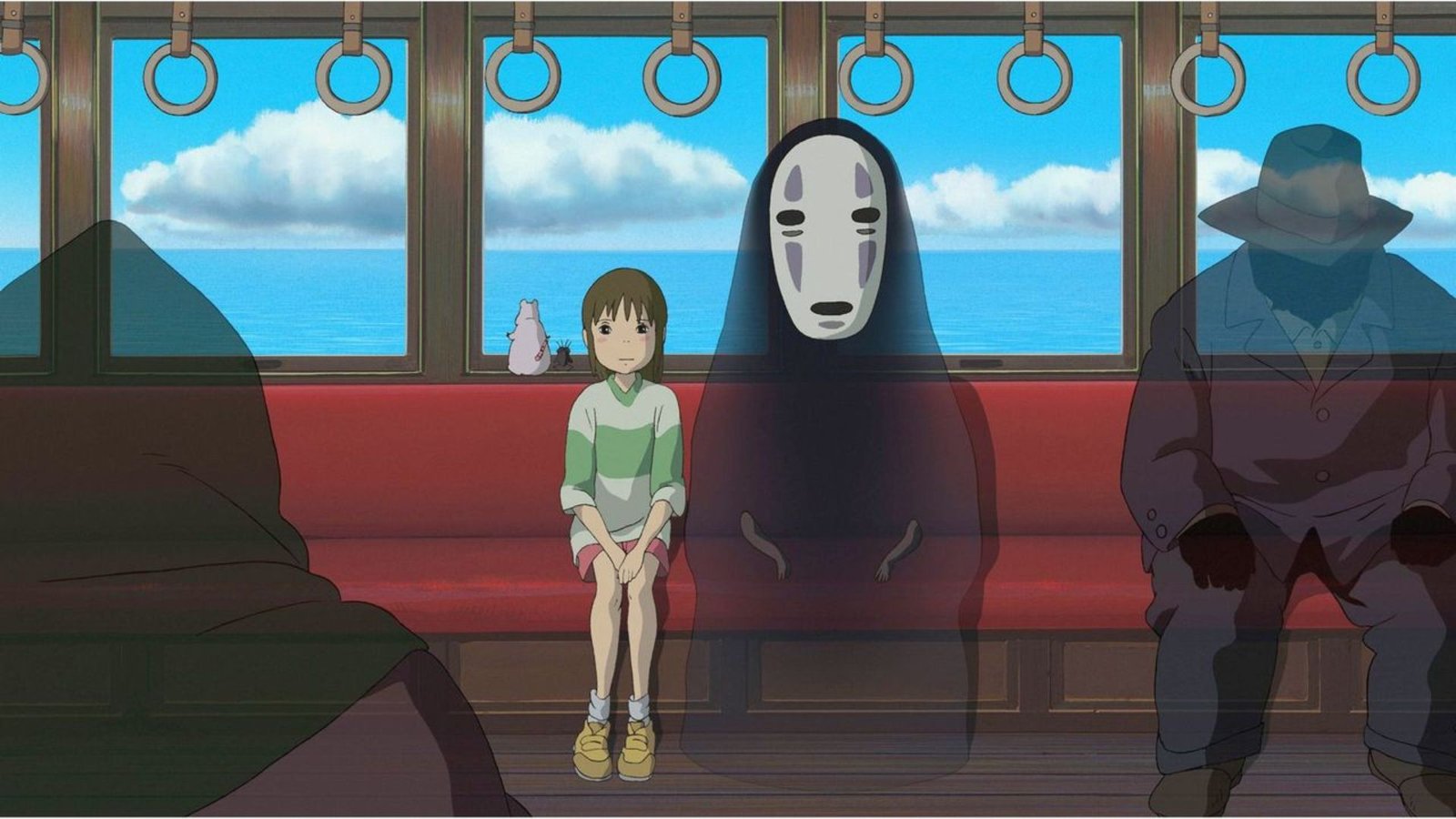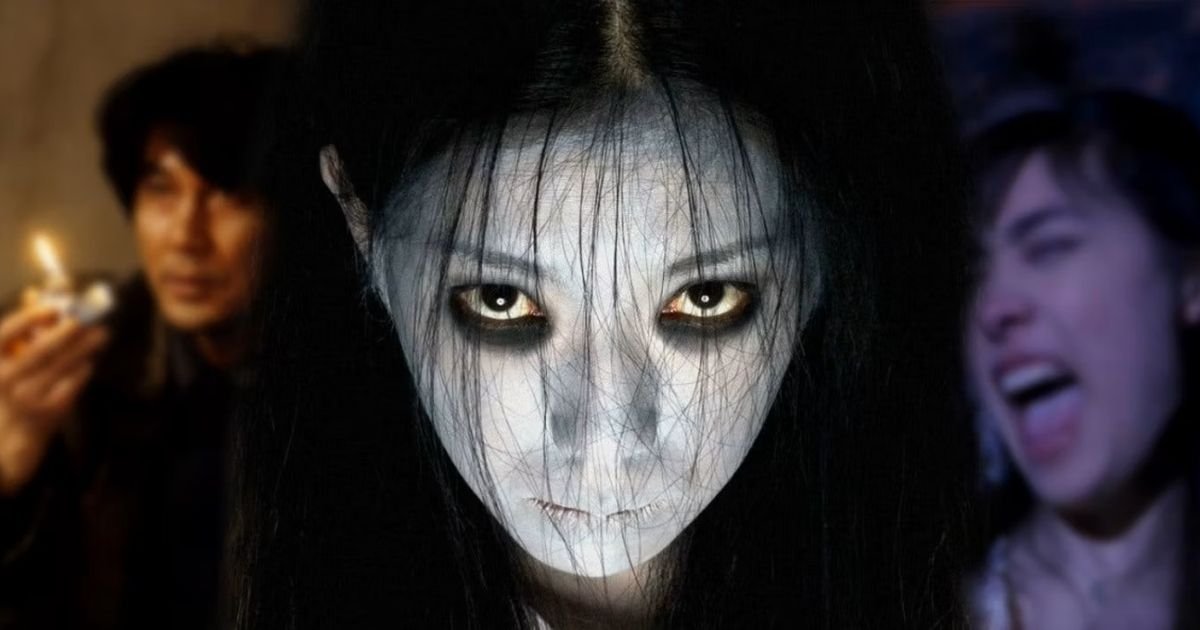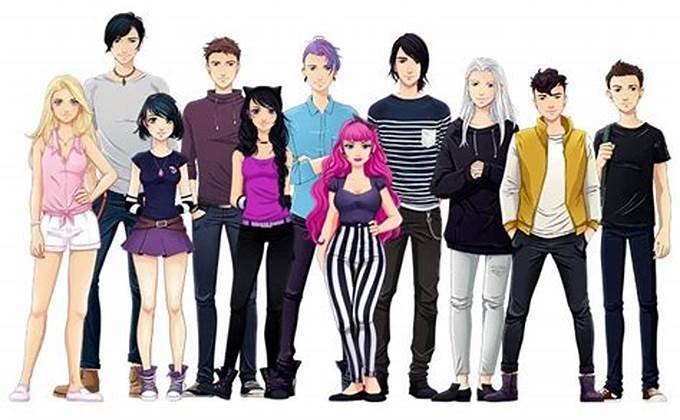Anime films occupy a distinct and influential role within Japanese cinema, setting themselves apart through unique artistic styles, storytelling techniques, and cultural impact. Their distinctive qualities contribute to their significant place in both domestic and global film industries. Here’s an exploration of why anime films hold a special position in Japanese cinema.

Distinctive Artistic Style
Visual Aesthetics
- Iconic Art Styles: Anime films are known for their vibrant colors, detailed backgrounds, and expressive character designs. This visual distinctiveness often incorporates exaggerated facial expressions and intricate environments, creating a unique aesthetic that sets anime apart from live-action films.
- Influence of Manga: Many anime films are adapted from manga (Japanese comic books), maintaining the original art style and allowing for a visual continuity that fans of the manga appreciate. This connection between manga and anime creates a seamless transition between the two mediums.
Creative Freedom
- Artistic Innovation: Anime creators often experiment with unconventional visual techniques, such as fluid animation sequences and surreal imagery, that may not be possible in traditional live-action films. This creativity allows for storytelling that transcends the limits of physical reality.
Diverse Storytelling
Genre Variety
- Wide Range of Genres: Anime films cover a broad spectrum of genres, from fantasy and science fiction to romance and horror. This diversity allows anime to cater to various audiences and explore complex themes in ways that live-action films may not.
- Innovative Narratives: Anime often delves into abstract or speculative storytelling, offering unique narrative experiences. Films like Paprika and Akira explore psychological and philosophical themes, pushing the boundaries of conventional storytelling.
Cultural Themes
- Japanese Culture and Folklore: Anime films frequently incorporate elements of Japanese culture, mythology, and folklore. This inclusion provides insight into Japanese traditions and beliefs, making anime a valuable cultural artifact.
- Universal Themes: Despite their cultural specificity, many anime films address universal themes such as love, loss, and personal growth, allowing them to resonate with global audiences.
Technological Advancements
Animation Techniques
- Innovative Techniques: Anime has a history of embracing and pioneering new animation techniques. From early hand-drawn animations to the integration of CGI, anime continues to evolve technologically, offering increasingly sophisticated visual experiences.
- Hybrid Approaches: Modern anime often combines traditional 2D animation with 3D elements, creating visually dynamic films that enhance storytelling through advanced technology.
Cultural Impact
- Influence on Global Media: Anime films have significantly influenced global popular culture, inspiring international filmmakers and animators. The unique visual style and storytelling methods of anime have left a lasting mark on the global film industry.
- Cultural Exchange: The global popularity of anime has facilitated cultural exchange, introducing international audiences to Japanese culture while also influencing global media trends.
Emotional Depth and Character Development
Complex Characters
- Rich Characterization: Anime films often feature well-developed characters with complex motivations and emotional depth. This focus on character development allows for nuanced storytelling and relatable characters.
- Emotional Resonance: Anime excels at portraying emotional experiences, often using visual and narrative techniques to convey feelings in a way that deeply resonates with audiences.
Thematic Exploration
- Exploration of Deep Themes: Many anime films tackle profound and introspective themes, such as existentialism, identity, and societal issues. This thematic depth adds layers of meaning to the stories and encourages thoughtful reflection.
Cultural and Social Reflection
Japanese Society
- Reflection of Society: Anime films often reflect aspects of Japanese society, including social issues, historical events, and cultural norms. This reflection provides insight into contemporary Japanese life and societal attitudes.
- Cultural Representation: By depicting various aspects of Japanese culture and tradition, anime films serve as a cultural ambassador, offering international viewers a glimpse into Japan’s rich heritage.
Global Impact
- International Appeal: Anime films have gained a substantial global following, contributing to their unique status in cinema. Their ability to connect with diverse audiences worldwide demonstrates their universal appeal and cultural significance.
- Influence on Pop Culture: The influence of anime extends beyond film into other areas of pop culture, including fashion, music, and gaming. This cross-cultural impact highlights the broad reach and significance of anime in contemporary media.
Conclusion
Anime films hold a unique and prominent place in Japanese cinema due to their distinctive artistic style, diverse storytelling, technological innovation, emotional depth, and cultural reflection. Their ability to push creative boundaries and resonate with audiences both in Japan and globally underscores their significant role in the film industry. As anime continues to evolve and captivate audiences, it remains a vital and influential component of global cinema.










